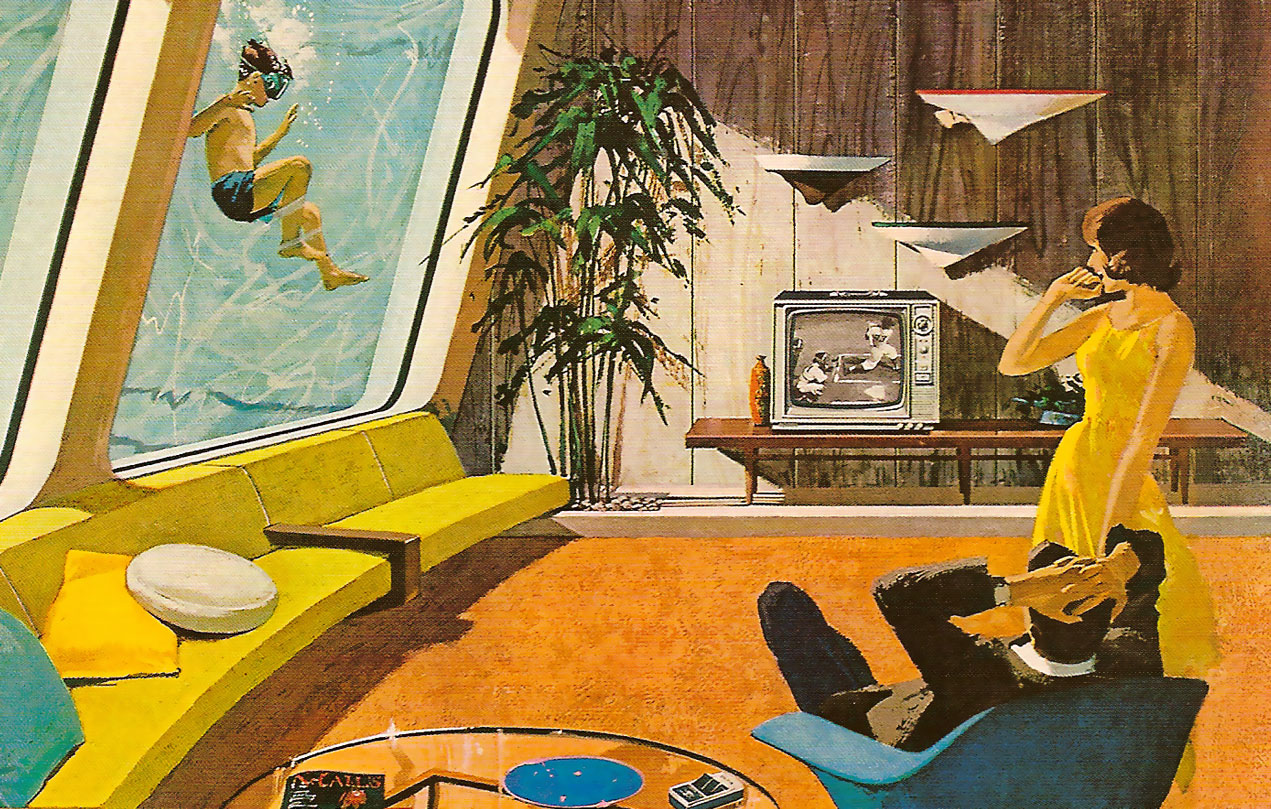

While some designs in this area can look radical, it will still feel familiar and classic. This type of design is an amazing choice especially if you’re a big fan of sci-fi, futuristic, modern, minimalist, or Scandinavian concepts.įor digital designs, a mid-century modern vibe is all about accessibility, functionality, and fluidity. With installations or 3D projects, you’ll find that using unusual or organic materials will give your works interesting textures, shapes, and feel. It’s also easy to integrate them into existing themes, whether it’s Art Deco, Classical, or Oriental.

There was fiberglass, steel, aluminium, foam, and plastic. With humankind perfectly poised for space came new materials to experiment with. With the expansion of cities, advances in science and technology were also inspirations for the mid-century modern look.

After the war, these ideas made sense because people wanted things that were practical, innovative, and fresh. It has similarities with Scandinavian design, which emphasizes organic materials, clean lines, and smart use of resources. The concept in Bauhaus is that form follows function. One of its heavy influences was the Bauhaus movement that started in Germany. However, experts and historians can agree that it began after the war (post WW II) and continued in the 1970s. It’s still a matter of debate on the exact period of when mid-century modern first sprang to life. What has made mid-century modern design endure all these years? Events That Influenced Mid-Century Modern Design If you look around your room now, you can bet that there’s at least one item there that’s inspired by this concept. Hailed as a timeless, go-to look, mid-century modern design and its elements has been a staple in many industries, from architecture, interiors, to packaging.


 0 kommentar(er)
0 kommentar(er)
